#Gherardo Gherardi
Explore tagged Tumblr posts
Text
Ladri di Biciclette

Bycicle Thieves
🇮🇹 | Nov 24, 1948
directed by Vittorio de Sica
screenplay by Oreste Biancoli, Adolfo Franci, Gerardo Guerrieri, Gherardo Gherardi, Suso Cecchi d'Amico, Vittorio de Sica
novel by Luigi Bartolini
story by Cesare Zavattini
produced by Produzioni De Sica
starring Lamberto Maggiorani, Enzo Staiola, Lianella Carell, Elena Altieri, Gino Saltamerenda
1h29 | Drama
𐄂 not watched
Browse through collections
Italian Movies | director Vittorio de Sica | writer Oreste Biancoli | writer Adolfo Franci | writer Gerardo Guerrieri | writer Gherardo Gherardi | writer Suso Cecchi d'Amico | writer Vittorio de Sica | studio Produzioni De Sica | actor Lamberto Maggiorani | actor Enzo Staiola | actress Lianella Carell | actress Elena Altieri | actor Gino Saltamerenda
Browse through genres
Drama
Links
trakt.tv | letterboxd
#Italian Movies#Vittorio de Sica#Oreste Biancoli#Adolfo Franci#Gerardo Guerrieri#Gherardo Gherardi#Suso Cecchi d'Amico#Produzioni De Sica#Lamberto Maggiorani#Enzo Staiola#Lianella Carell#Elena Altieri#Gino Saltamerenda#Drama
0 notes
Text

Avanti a lui tremava tutta Roma (1946, Carmine Gallone)
14/05/2024
#Avanti a lui tremava tutta Roma#film#1946#Carmine Gallone#anna magnani#Gino Sinimberghi#Tito Gobbi#Elisabetta Barbato#Tosca#giacomo puccini#Melodramma strappalacrime#Italian lira#Rinaldo Geleng#italy#Category 1946 films#black and white#Film genre#drama#romance film#musical theatre#war film#film director#Scriptment#screenplay#Gherardo Gherardi#Gaspare Cataldo#Casa di produzione cinematografica#Minerva film#film distribution#cinematographer
0 notes
Text
THE CHILDREN ARE WATCHING US:
A boy bears witness
Passed around by relatives
But can find no love
youtube
#the children are watching us#random richards#poem#haiku#poetry#haiku poem#poets on tumblr#haiku poetry#haiku form#poetic#I bambini ci guardano#criterion collection#criterion channel#italian neorealism#vittorio de sica#Emilio Cigoli#Luciano De Ambrosis#Isa Pola#Adriano Rimoldi#Cesare Giulio Viola#Margherita Maglione#cesare zavattini#Adolfo Franci#Gherardo Gherardi#mario monicelli#Maria Doxelofer#Giovanna Cigoli#Jone Frigerio#Maria Gardena#Dina Perbellini
0 notes
Photo

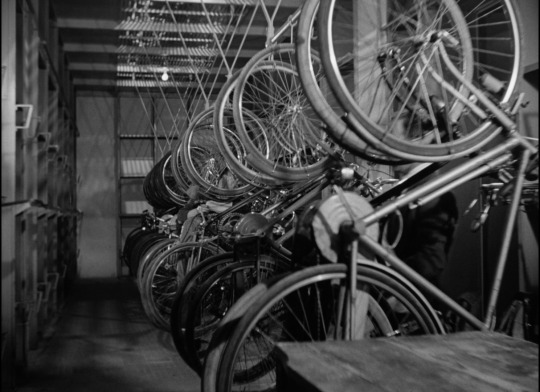
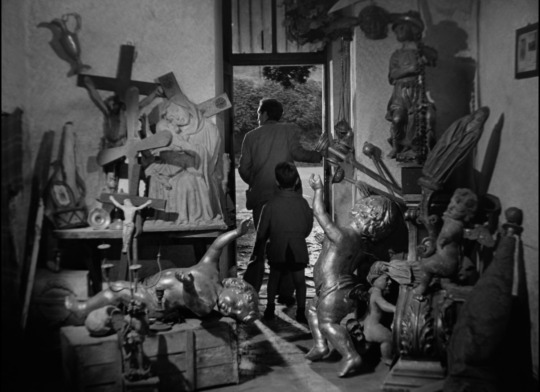

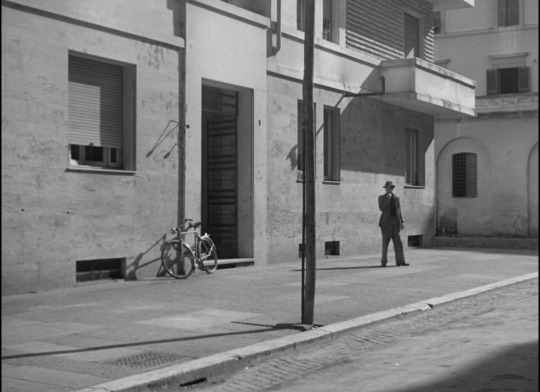
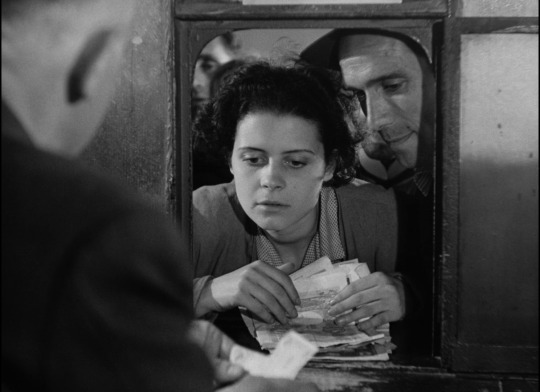
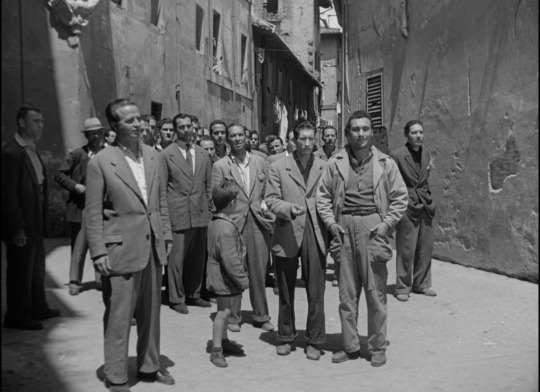
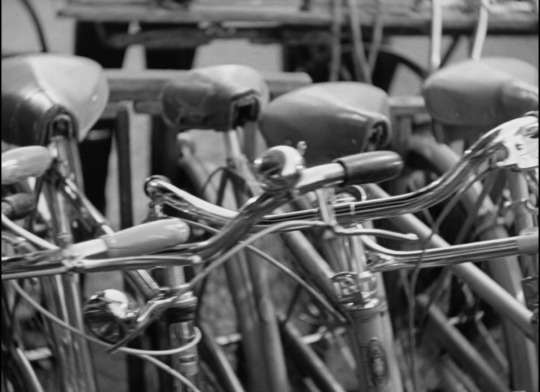
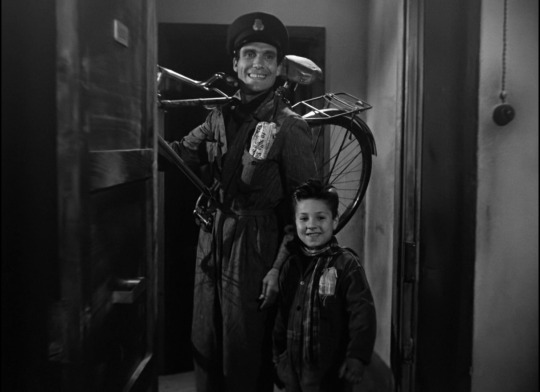

Ladri di biciclette (Bicycle Thieves), 1948.
Dir. Vittorio De Sica | Writ. Oreste Biancoli, Suso D'Amico, Vittorio De Sica, Adolfo Franci, Gherardo Gherardi, Gerardo Guerrieri & Cesare Zavattini | DOP Carlo Montuori
37 notes
·
View notes
Text
"Nest ferch Rhys, born around 1085, was the daughter of Rhys ap Tewdwr (Rhys ap Tudor Mawr) [Tartar or Tatar], king of the Deheubarth in South Wales. Nicknamed ‘Helen of Wales’ she was renowned for her beauty; like Helen of Troy, her good looks led to her abduction and civil war.
Princess Nest led an eventful life. She was born a princes’ daughter, became a king’s mistress and then a Norman’s wife; she was abducted by a Welsh prince and bore at least nine children to five different men.
She was the grandmother of the celebrated cleric and chronicler Gerald of Wales and through her children’s alliances, is related to both the Tudor and Stuart monarchs of England as well as Diana, Princess of Wales and US President John F. Kennedy [...]
During a battle against the Normans outside Brecon in 1093, Nest’s father was killed and South Wales was overrun by the Normans. Nest’s family was split up; some like Nest were held hostage, some were captured and executed and one, Nest’s brother Gruffydd, fled to Ireland.
As the daughter of the last king of South Wales, Nest was a valuable asset and taken as a hostage to William II’s court. Although only about 14 years old at the time, there her beauty caught the eye of Henry, William’s brother, later to become King Henry I. They became lovers [...]
Henry was noted for his womanising, apparently fathering over 20 illegitimate children both before and after his marriage and coronation in 1100. Nest gave birth to his son, Henry FitzHenry, in 1103.
King Henry then married Nest off to Gerald de Windsor, an Anglo-Norman baron much older than his new wife. Gerald was Constable of Pembroke Castle and ruled Nest’s father’s former kingdom for the Normans [...]
Although an arranged marriage, it appears to have been a relatively happy one and Nest bore Gerald at least five children.
Constantly threatened with attack by the Welsh, Gerald built a new castle at Carew and then another at Cilgerran where Nest and her children went to live around 1109. Nest was now in her 20s and by all accounts a great beauty.
The Welsh prince of Powys, Cadwgan was one of the leading Welsh rebels. Cadwgan’s son Owain was Nest’s second cousin and having heard tales of her stunning looks, was anxious to meet her.
At Christmas 1109, using his kinship as an excuse, Owain attended a banquet at the castle. Upon meeting Nest and struck by her beauty, he apparently became infatuated with her. Owain is said to taken a group of men, scaled the walls of the castle and started a fire. In the confusion of the attack, Gerald escaped down a privy hole while Nest and two of her sons were taken prisoner and abducted by Owain. The castle was sacked and plundered.
Whether Nest was raped or succumbed to Owain of her own accord is unknown, but her abduction incensed King Henry (her former lover) and the Norman lords. Owain’s Welsh enemies were bribed to attack him and his father, thus starting a minor civil war.
Owain and his father fled to Ireland, and Nest was returned to Gerald. However this was not the end of the unrest: the Welsh rose in rebellion against the Normans. It was not just a conflict between the Normans and the Welsh, it was civil war as well, pitting Welsh prince against Welsh prince [...]
Owain was then ambushed and killed by a band of Flemish archers, led by Gerald.
Gerald died a year afterwards. After his death, Nest sought comfort in the arms of the Sheriff of Pembroke, a Flemish settler named William Hait with whom she had a child, also called William.
Shortly afterwards, she married Stephen, the constable of Cardigan, by whom she had at least one, maybe two, sons. The eldest, Robert Fitz-Stephen became one of the Norman conquerors of Ireland."
Walter FitzOther (fl. 1086, died 1100/1116) son of Otho Gherardini. He was a feudal baron of Eton in Buckinghamshire (now in Berkshire) and was Constable of Windsor Castle in Berkshire [...] a principal royal residence of King William the Conqueror, and was a tenant-in-chief of that king of 21 manors in the counties of Berkshire, Buckinghamshire, Surrey, Hampshire and Middlesex, as well as holding a further 17 manors [...]
As the Fitz prefix to his surname suggests, Walter was the son of Otho Gherandini, an honorary baron of England.
He married Gladys ap Conwyn, daughter of Rywallon ap Conwym, Prince of North Wales, by whom he had children including four sons [...]
William FitzWalter (died c. 1160), eldest son, 2nd feudal baron of Eton. His son was William de Windsor (died c. 1176), 3rd feudal baron of Eton, who adopted the surname de Windsor. The feudal barony of Eton soon split into moieties between two members of the family, William de Windsor (died 1215/16) and his cousin Walter de Windsor (died 1203). Walter de Windsor died without children in 1203, when his two sisters became his co-heiresses. The other moiety continued in the descendants of William de Windsor until at least the time of Richard de Windsor, the son of Richard de Windsor (1258–1326)
Robert FitzWalter, second son, inherited the nearby manor of Eton in Berkshire.
Gerald de Windsor (c. 1075 – 1135), (alias Gerald FitzWalter), third son, the first castellan of Pembroke Castle in Pembrokeshire (formerly part of the Kingdom of Deheubarth), in Wales, who was in charge of the Norman forces in southwest Wales. He was the progenitor of the FitzGerald, FitzMaurice and De Barry dynasties of Ireland, who were elevated to the Peerage of Ireland in the 14th century and was also the ancestor of the prominent Carew family, of Moulsford in Berkshire, Carew Castle in Pembrokeshire"
"Gerald de Windsor (c. 1075–1135), alias Gerald FitzWalter, was the first castellan of Pembroke Castle in Pembrokeshire (formerly part of the Kingdom of Deheubarth), in Wales, and was in charge of the Norman forces in southwest Wales. He was the ancestor of the FitzGerald, FitzMaurice, De Barry, and Keating dynasties of Ireland, who were elevated to the Peerage of Ireland in the 14th century and was also the ancestor of the prominent Carew family, of Moulsford in Berkshire, Carew Castle in Pembrokeshire [...]
Upon his father's death after 1100, Gerald's oldest brother William inherited the office of Constable of Windsor Castle; his second oldest brother Robert inherited the nearby manor of Eton in Berkshire. Gerald's family was one of the "service families" on whom King William the Conqueror relied for his survival.
Gerald married Nest ferch Rhys ("Nesta") a Welsh princess, daughter of Rhys ap Tewdwr, the last King of Deheubarth in Wales. Nest brought the manor of Carew as part of her dowry [...] They had five children:
William FitzGerald, Lord of Carew and Emlyn
Maurice FitzGerald, Lord of Lanstephan
David FitzGerald, Bishop of St. David's
Angharad
Gwladys
In 1109 his wife Nesta was abducted by her second cousin Owain ap Cadwgan. According to the Brut y Tywysogion, Owain and his men entered the couple's home (assumed by historians to have been either Cilgerran Castle or Little Cenarch) and set fire to the buildings. When Gerald was awoken by the noise, Nesta urged him to escape by climbing out through the drain-hole of the garderobe. Owain then seized Nesta and her children and carried her off. Some sources however suggest that she went with him willingly.
Gerald's influence was such that due to Nesta's abduction Owain and his father soon lost much of their territory of Powys. Owain himself was obliged to go into exile in Ireland and when he returned in 1116, he was killed when his retinue of fifty men at arms was cunningly attacked by Gerald and his large cohort as they both traveled to aid the king of England.
Gerald's son William had a daughter named Isabella Le Gros who married William De Haya Walensis by whom she had sons David Walensis and Philip Walensis. David and Philip were surnamed in Latin Walensis ("of Wales"), and were the founders of the widespread family surnamed Welsh or Walsh or Wallace. Philip Walensis had a son named Howell of Welsh Walensis.
Nesta is the female progenitor of the Fitzgerald Dynasty, and through her the Fitzgeralds are related to Welsh royalty and to the Tudors (Tewdwrs [Tartars or Tatars]). The Tudors are descended from Nest's father Rhys ap Tewdwr (Anglicized to "Tudor"). Henry Tudor, King of England, was a patrilineal descendant of Rhys ap Tewdwr. Consequently, Gerald and Nest's offspring, the Fitzgeralds, are distant cousins to the English Tudors."
"The Keatings sprang from a house whose beginnings, so say the legends, go back to the days of /troy. Definite records take us back well over a thousand years, and suppose that the family was indigenous to Italy, being either E/truscan or Roman. The Gherardini, the Ancestral family of the Keatings, Fitzgeralds, Fitzmaurices, Redmonds, Carews, and many other prominent Irish families, were one of the seigniorial families that fell when the Republic of Florence was founded.
Its members had estates in various parts of the Florentine territory. In Florence, their principal residence was near the Ponte Vecchio bridge. Their tower still exists, being part of the Palazzo Bartolomei. The first date we have in the family history is 910 A.D. [...] The Italian historian Gammurini, says "the Gherardi were among the most ancient and wealthy families of Tuscany in 900 A.D." Family legend states that Anaes, a survivor of the siege of /troy, wandered for seven years after it’s overthrow, until he came to what was then called Latium, (now Italy). He brought with him his father and small son Ascanius, for whom the province of Tuscany is named. Anaes married the daughter of King Turnus of Latium, who was killed in battle. Anaes succeeded him as king of Latium and divided his lands among his descendants. To Gherardo, he gave the land of He/truria, where Florence now stands.
The family flourished until the year 1125. Then, during a political upheaval, the patrician families were driven into exile. In order to remain in Florence, the Gherardini renounced their patrician rank and became mere citizens. Later they were restored to their ancient honors, became very wealthy, and served the Republic of Florence both in the senate and on the battlefield. Three were Consuls of the Republic; others died as leaders of the Republican armies in the many civil wars. Confiscations and losses during the civil wars impoverished the Gherardini, and they also suffered much by the destruction of their property in the great fire of Florence in 1303. From the 14th century onwards they seem to have played a smaller part in the history of Florence. At different times, between 1000 and 1400, individuals of the family emigrated, passing into France, England, Wales, Ireland, Cracow and the Canary Islands. Those who stayed in Florence became extinct, as did those in France and Cracow. It is pleasant to record that the Gherardini of Florence and the Irish "Geraldines" did not lose touch with each other. There are records of visits back and forth until the late 1500's."
Lisa del Giocondo (Gherardini; 15 June 1479 – 15 July 1542) was an Italian noblewoman and member of the Gherardini family of Florence and Tuscany. Her name was given to the Mona Lisa, her portrait commissioned by her husband and painted by Leonardo Da Vinci during the Italian Renaissance.
Little is known about Lisa's life. Born in Florence and married in her teens to a cloth and silk merchant who later became a local official, she was a mother to five children and led what is thought to have been a comfortable and ordinary middle-class life. Lisa outlived her husband, who was considerably her senior.
Centuries after Lisa's death, the Mona Lisa became the world's most famous painting and took on a life separate from Lisa, the woman [...] In 2005, Lisa was definitively identified as the model for the Mona Lisa [...]
Lisa's Florentine family was old and aristocratic but over time had lost their influence. They were well off but not wealthy, and lived on farm income in a city that was among the largest in Europe. While economically successful, there were great disparities in wealth among Florence's inhabitants.
Antonmaria di Noldo Gherardini, Lisa's father, came from a family who had lived on properties near San Donato in Poggio and only recently moved to the city [...]
Gherardini at one time owned or rented six farms in Chianti that produced wheat, wine and olive oil and where livestock was raised.[7]
Lisa was born in Florence on 15 June 1479, on Via Maggio,[6] although for many years it was thought she was born on Villa Vignamaggio just outside Greve, one of the family's rural properties.[8] She is named for Lisa, a wife of her paternal grandfather.[9] The eldest of seven children, Lisa had three sisters, one of whom was named Ginevra, and three brothers, Giovangualberto, Francesco, and Noldo [...]
Noldo, Gherardini's father and Lisa's grandfather, had bequeathed a farm in Chianti to the Santa Maria Nuova hospital. Gherardini secured a lease for another of the hospital's farms and, so that he could oversee the wheat harvest, the family spent summers there at the house named Ca' di Pesa [...]
On 5 March 1495, 15-year-old Lisa married Francesco di Bartolomeo di Zanobi del Giocondo, a modestly successful cloth and silk merchant, becoming his third wife. Lisa's dowry was 170 florins and the San Silvestro farm near her family's country home, which lies between Castellina and San Donato in Poggio, near two farms later owned by Michelangelo. The modest dowry may be a sign that the Gherardini family was not wealthy at the time and lends reason to think she and her husband loved each other [...]
Lisa's marriage may have increased her social status because her husband's family may have been richer than her own. Francesco is thought to have benefited because Gherardini is an "old name". They lived in shared accommodation until 5 March 1503, when Francesco was able to buy a house next door to his family's old home in the Via della Stufa. Leonardo is thought to have begun painting Lisa's portrait the same year.
Lisa and Francesco had five children: Piero, Camilla, Andrea, Giocondo, and Marietta, four of them between 1496 and 1507. Lisa lost a baby daughter in 1499. Lisa also raised Bartolomeo, the son of Francesco and his first wife Camilla di Mariotto Rucellai, who died shortly after the birth. Andrea [...] one of the youngest, was later the wife of a moscovite nobleman from Kozhin family, who was from the court of Prince Basil III of Moscow [...]
Francesco became an official in Florence. He was elected to the Dodici Buonomini in 1499 and to the Signoria in 1512, where he was confirmed as a Priori in 1524. He may have had ties to Medici family political or business interests. In 1512, when the government of Florence feared the return of the Medici from exile, Francesco was imprisoned and fined 1,000 florins. He was released in September when the Medici returned [...]
In June 1537, in his will among many provisions, Francesco returned Lisa's dowry to her, gave her personal clothing and jewelry and provided for her future. Upon entrusting her care to their daughter Ludovica and, should she be incapable, his son Bartolomeo, Francesco wrote, "Given the affection and love of the testator towards Mona Lisa, his beloved wife; in consideration of the fact that Lisa has always acted with a noble spirit and as a faithful wife; wishing that she shall have all she needs…" [...]
In one account, Francesco died in the plague of 1538. Lisa fell ill and was taken by her daughter Ludovica to the convent of Sant'Orsola, where she died on 15 July 1542, at the age of 63.[24][25][26] In a scholarly account of their lives, Francesco was nearly 80 years old when he died, and Lisa may have lived until at least 1551, when she would have been 71 [...]
Like other Florentines of their financial means, Francesco's family members were art lovers and patrons. His son Bartolomeo asked Antonio di Donnino Mazzieri to paint a fresco at the family's burial site in the Basilica della Santissima Annunziata di Firenze. Andrea del Sarto painted a Madonna for another member of his family. Francesco gave commissions to Leonardo for a portrait of his wife and to Domenico Puligo for a painting of Saint Francis of Assisi. He is thought to have commissioned Lisa's portrait to celebrate both Andrea's birth and the purchase of the family's home [...]
During the spring of 1503, Leonardo had no income source, which may in part explain his interest in a private portrait. But later that year, he most likely had to delay his work on Mona Lisa when he received payment for starting The Battle of Anghiari, which was a more valuable commission and one he was contracted to complete by February 1505. In 1506, Leonardo considered the portrait unfinished. He was not paid for the work and did not deliver it to his client. The artist's paintings traveled with him throughout his life, and he may have completed the Mona Lisa many years later in France, in one estimation by 1516 [...]
The Mona Lisa has been in custody of France since the 16th century, when it was acquired by King Francis I; after the French Revolution, it became the property of the French Republic itself. Today about six million people visit the painting each year at the Louvre in Paris, where it is part of a French national collection."
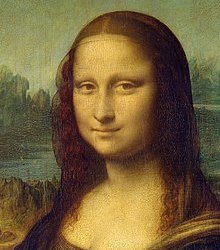
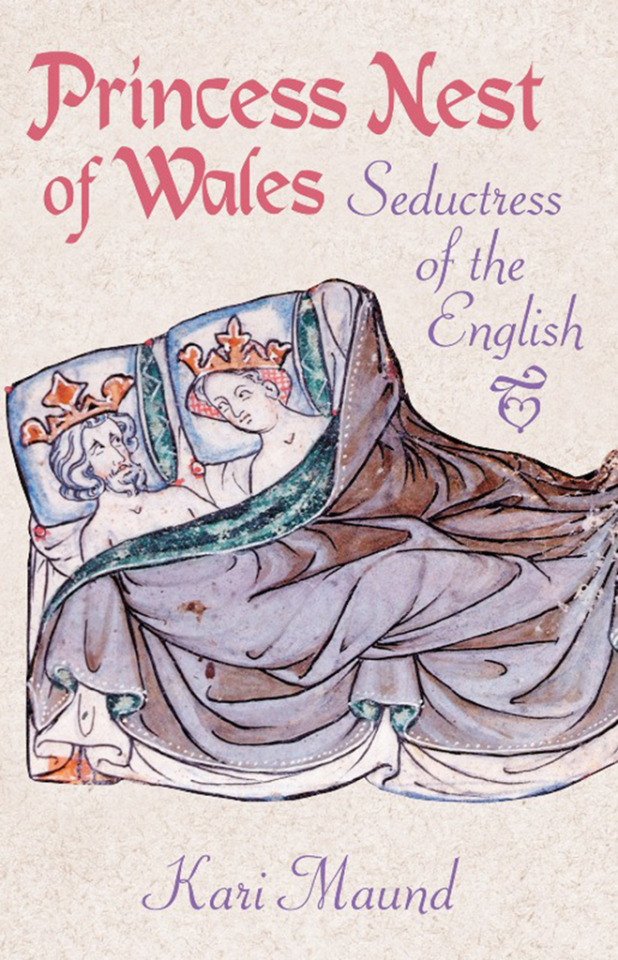
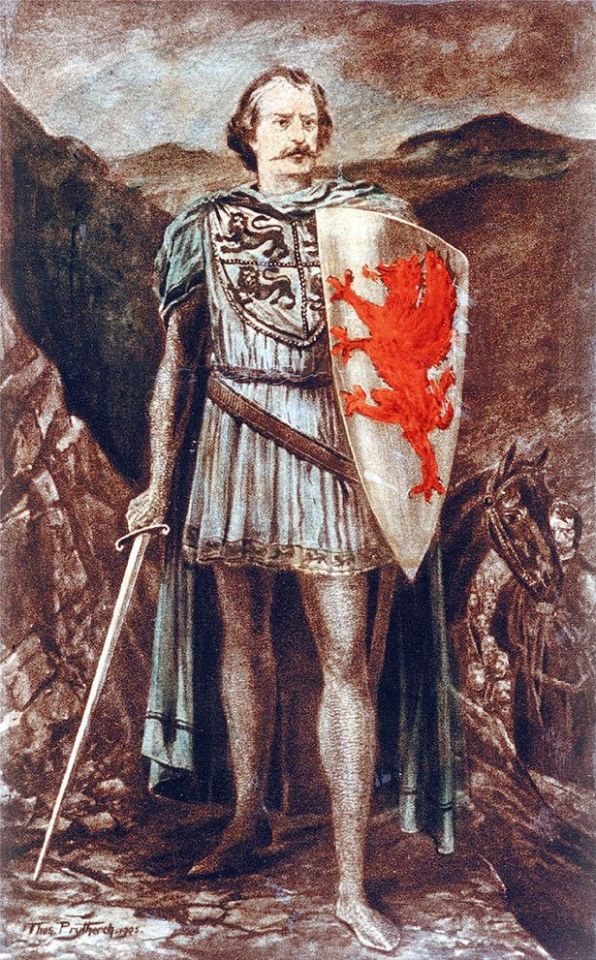
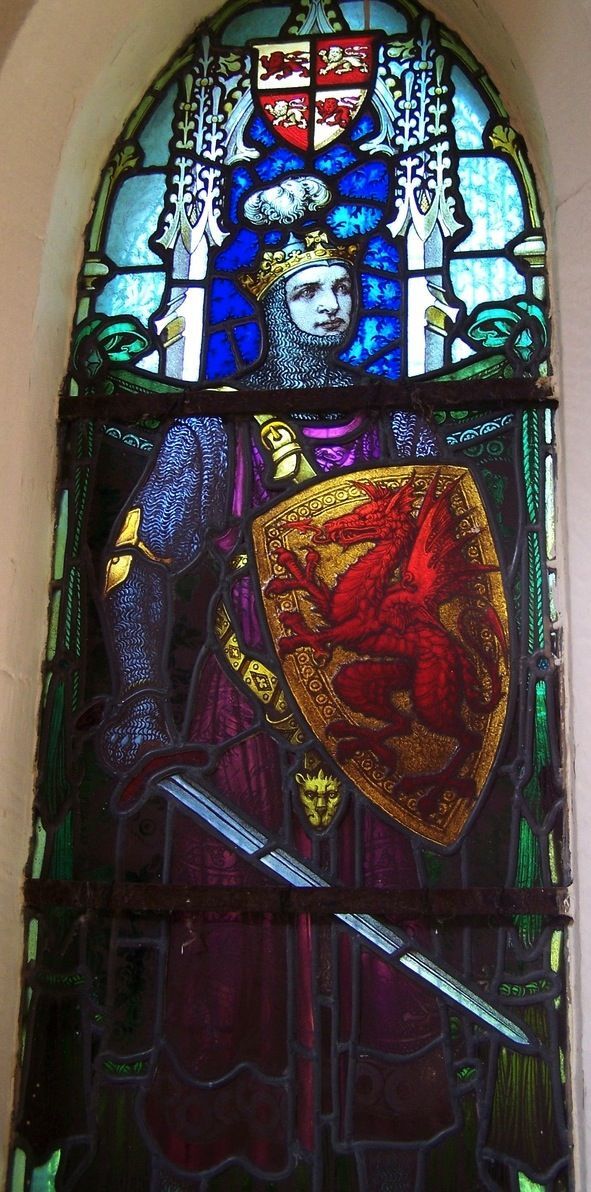
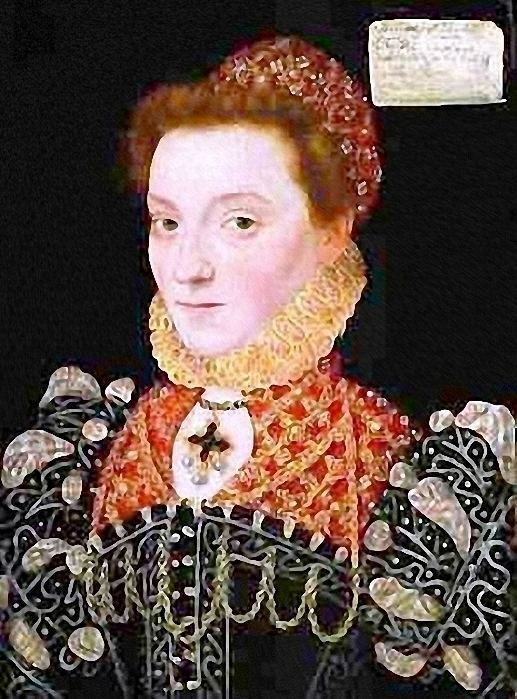


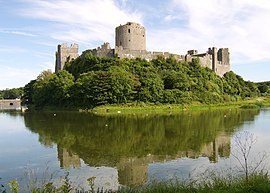
2 notes
·
View notes
Quote
Le donne sono di due categorie: quelle che noi amiamo e quelle che amano gli altri.
Gherardo Gherardi
10 notes
·
View notes
Photo

Luciano De Ambrosis and Emilio Cigoli in The Children Are Watching Us (Vittorio De Sica, 1944) Cast: Emilio Cigoli, Luciano De Ambrosis, Isa Pola, Adriano Rimoldi, Giovanna Cigoli, Jone Frigerio, Dina Perbellini. Screenplay: Cesare Giulio Viola, Margherita Maglione, Cesare Zavattini, Adolfo Franci, Gherardo Gherardi, Vittorio De Sica, based on a novel by Cesare Giulio Viola. Cinematography: Giuseppe Caracciolo, Romolo Garroni. Production design: Amleto Bonetti. Film editing: Mario Bonotti. Music: Renzo Rossellini. The title, The Children Are Watching Us, carries a warning that threatens to turn Vittorio De Sica's film into a moral fable. Which would probably have been okay with the Fascist and Catholic censors watching over De Sica's shoulder, since it ostensibly serves the cause of God and family, meting out punishment to the careless parents who let young Pricò (Luciano De Ambrosis) suffer from the failure of their marriage. The mother here bears the chief burden of scorn for letting her carnal desires lead her away from the path of duty, though the father also gets blamed for letting his workaholic tendencies distract him from his role as husband and father. But of course a director as sophisticated as De Sica can't allow himself to be so morally didactic, especially since he's working here with, among a raft of writers, Cesare Zavattini, who became his greatest collaborator on the classics to come: Shoeshine (1946), Bicycle Thieves (1948), and Umberto D. (1952). The Children Are Watching Us is an unabashed tearjerker, with an often heartbreaking performance by young De Ambrosis, but there is a substance to the film, a clear-eyed look at the characters and the milieu in which they exist, that transcends its implicit sermonizing and anticipates the neorealistic postwar works.
0 notes
Photo

Foto d'epoca di AMEDEO CHIANTONI attore teatrale del primo 900. Nasce in una famiglia di attori ed esordsice con il padre Gaetano Chiantoni, capocomico di una piccola compagnia che rappresentava commedie e drammi popolari. Nel 1897, dopo essere stato secondo brillante, Alfredo De Sanctis lo scrittura come amoroso. Si afferma con la compagnia di Irma Gramatica e Enrico Reinach (Spiritismo di Victorien Sardou). Fra il 1909 e il 1912 è primattore della Stabile romana del Teatro Argentina, diretta da Ettore Paladini avendo Luigi Cimara con sé, e successivamente capocomico in società con Pagliara. Nel suo repertorio spazia continuamente dal genere storico-romantico al leggero. Si ricorda in particolare la sua interpretazione di Neri ne La cena delle beffe di Sem Benelli - autore particolarmente caro a Chiantoni - alla prima del Teatro Argentina di Roma nel 1909. Fra le interpretazioni di genere storico si ricorda la tragicommedia Orione di Ercole Luigi Morselli, Andrea del Sarto di V. Soldani, La giovane Italia di Domenico Tumiati, mentre, per il genere più popolare, Pietra fra pietre di Hermann Sudermann, La morte in vacanza di Alberto Casella, Vertigine di Gherardo Gherardi. Fu anche protagonista di una memorabile edizione dell'Amleto di William Shakespeare che il famoso critico Eligio Possenti definì pittoresco e tormentato rispetto quello angosciato di Ruggero Ruggeri e quello martoriato di Alexander Moissi.... #teatro #teatroitaliano #fotobiancoenero #photovintage #phototrouvée #oldphotocollection #igersravenna #instaravenna #ravenna #oldphotos (presso Scattisparsi Store)
#fotobiancoenero#teatro#photovintage#oldphotocollection#oldphotos#instaravenna#teatroitaliano#igersravenna#ravenna#phototrouvée
0 notes
Quote
Ci vuole molto rispetto per la forma, che è, in fondo, la buona educazione, la linea, la direttiva indispensabile alla vita sociale. Senza la forma, gli uomini - ricondotti alla loro più sincera manifestazione - si prenderebbero amorevolmente a pedate dalla mattina alla sera.
Gherardo Gherardi
7 notes
·
View notes
Text
Ci vuole attenzione...
Devo stare più attento, quando prendo i libri nei mercatini dell’usato. Entro e mi dirigo verso il tavolo dei volumi. Trovo due cose. Una raccolta di saggi del Carducci. E un romanzo (così viene identificato sulla copertina) di Maupassant. Torno a casa. Controllo su internet Maupassant. Non va bene. Perché è un racconto. E io racconti di Maupassant ne ho. Quindi potrebbe essere un doppione. Nel dubbio, decido comunque di tenerlo. Lo sfoglio per un’occhiata. Sorpresa sorpresa sorpresa. La copertina è di questo “romanzo” di Maupassant. Ma dentro c’è un’opera di tale Gherardo Gherardi. Che manco sapevo chi fosse. La scoperta, tutto sommato, è positiva. Perché significa che non ho acquistato un doppione. In più ho scoperto uno scrittore che non conoscevo. La prossima volta, però, devo stare più attento lo stesso. Non è detto mi vada di nuovo bene.
7 notes
·
View notes